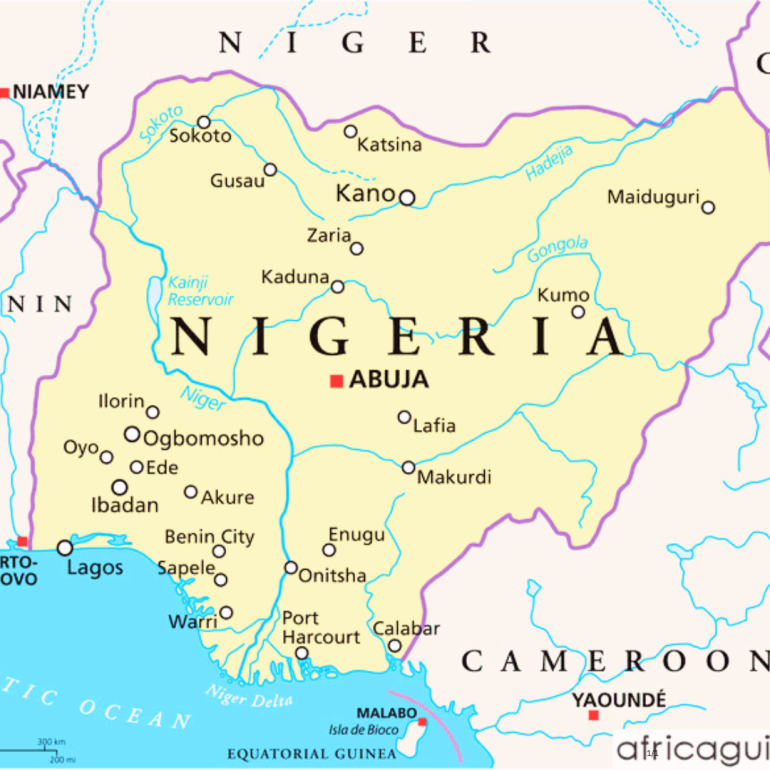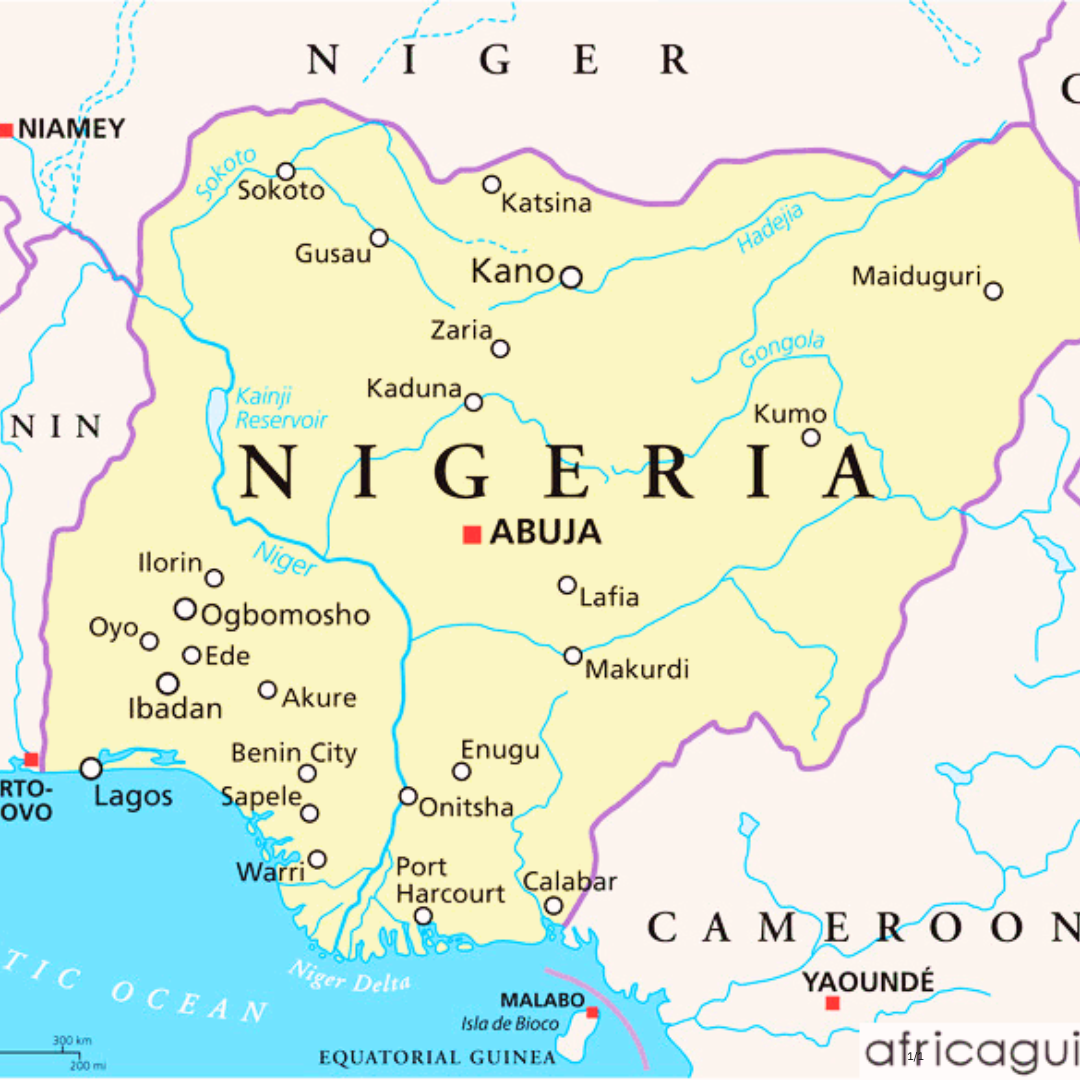
When the Nigerian Central Bank introduced newly designed currency notes in November 2022 and a month later put a cap on the maximum amount of hard cash that individuals and corporations could withdraw, the idea was to tame money laundering in the country.
During that year’s Christmas festive season and in the run-up to the 2023 Nigerian presidential election in February 2023 –– two high spending seasons –– the country was hit with shortages of the naira currency.
Nigerians, however, appear to have found solutions to the problem, according to official statistics.
In December 2023 alone, 968 million transactions took place online, underscoring the consistent and widespread adoption of electronic payment methods in the West African country.
Electronic payments surged to some US$413.87 billion (600 trillion naira), growth of more than 50% over the previous year, according to a statement from the Nigeria Inter-Bank Settlement System.
“This remarkable increase represents a substantial 55% rise from the US$ 266.95 (387 trillion naira) recorded in the previous year, showcasing the nation’s escalating reliance on digital payment methods,” the statement said.
Nigeria has in recent years become fertile ground for electronic payment systems. Of the seven unicorns (startups with a valuation of over US$1 billion) in Africa, five of them are in Nigeria, including Interswitch, Flutterwave, Andela, OPay and Jumia. The boom in Fintech has offered opportunities for Nigerians to leapfrog traditional banking and transactional systems, choosing mobile and internet banking systems that are now available to millions of people across the country.
An analysis of the data shows transaction values have been growing every month. In January transactions stood at 38.8 trillion naira and by December had grown to 71.9 trillion naira on various platforms.
At US$413.87 billion, the transaction value is the equivalent of 86.5% of Nigeria’s US$477 billion 2022 GDP – a value provided by the German data and research platform, that Statista.
In 2022, Nigeria had the highest GDP in Africa, followed by Egypt with US$475 billion, according to Statista, which put South Africa’s 2022 GDP at US$405.7 billion – making Nigerian electronic transactions higher in value than South Africa’s entire GDP that year.
Nigerian businesses have also been adapted to the changing payment landscape by taking advantage of the instant electronic transaction systems that are now available. According to the data, there has been a significant increase in the total value of point-of-sale (PoS) transactions, amounting to US$7.4 billion (N10.73 trillion) in 2023, a 27.85% increase from the US$5.78 billion (8.39 trillion naira) recorded in 2022.
Another report, The State of Inclusive Instant Payment Systems in Africa 2023, shows Nigeria leads other African countries in terms of value flows through domestic instant payment systems as a share of Gross National Income (GNI).
According to the report by AfricaNenda, Nigeria’s transaction value was 186% of the country’s GNI, followed by Ghana (129%) and Uganda (124%)-the only African countries whose transaction value exceeded 100% of their GNI.
In Nigeria, the transactions were driven by the country’s national payment system, mobile money and eNaira.
Kenya, Madagascar, Mozambique, South Africa, Tanzania, and Zambia are among the countries processing values from 10% to 100% of GNI.
World Economics estimated Nigeria’s GDP in 2023 at US$1.115 trillion in terms of purchasing power parity terms.
The AfricaNenda report shows the number of instant payment processes in Africa has risen dramatically over the last five years at an average annual rate of 47% to US$1.18 trillion in 2022.
“As existing systems have seen increased use and new systems have come online, the increase in transaction value has likewise grown by 252% between 2018 and 2022, reaching $1.18 trillion in 2022,” reads the report in part.
The AfricaNenda report indicates that the total value of transactions in Africa could be higher if more information was made available. The report tracked the data of InstaPay (Egypt), EthSwitch (Ethiopia), NamPay (Namibia), eNaira (Nigeria), eKash (Rwanda), and the Somalia National Payment System, whose data has been available since 2020.
Mobile money IPS supports the largest number of transactions, while cross-domain IPS processes the largest values. Bank IPS however, experienced the highest year-over-year growth in volumes since 2021, at 66%, compared to 48% for cross-domain IPS and 32% for mobile money IPS.
Over the past five years, Africa’s Mobile (IPS) transaction value has grown from US$113 billion to US$342 billion, while Cross-domain IPS values have risen from US$194 billion to US$754 billion.
The average mobile money IPS transaction (US$17) is a far smaller value than the average bank (US$267) or cross-domain IPS transaction (US$142) value, despite being by far the greatest source of transactions.
“Mobile money IPS supports small value, frequent payments. For that reason, they account for 82% of IPS transaction volumes in Africa, despite representing only 29% of total IPS value,” the AfricaNenda report said.
bird story agency











